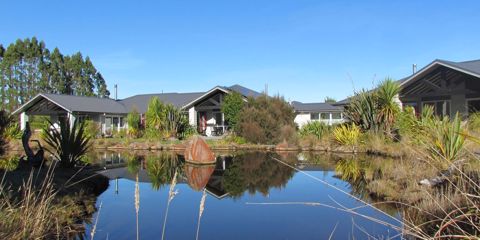Granted personhood in 2017, the Whanganui is the first river in the world to be recognised as a living being and is sacred to Māori. As the longest navigable river in NZ with a length of 290 km, it is also officially one of New Zealand’s Great Walks but instead of hiking on land, the Whanganui Journey is a Great Walk on water. From a 5-day paddle down the Whanganui River to a half-day jet boat ride, immerse yourself in the wonders of the Whanganui – an invitation to experience, respect and look after the life force of the Whanganui River.
Everything you need to know about the Whanganui River and the Whanganui Journey
A true hidden gem surrounded by the remote and raw beauty of Whanganui National Park, the Whanganui River is a soul-stirring experience that is a privilege to behold.

Canoe, kayak, jet boat or flyfish on the Whanganui River
From Taumarunui to Pipiriki and the settlements in between, there is a variety of local river operators ready to share their special place in the world and offer a number of different ways to experience the Whanganui River year-round. From half-day trips to fully catered multi-day culturally guided canoe journeys, jet boating to the Bridge to Nowhere or fly-fishing with a NZ champion as your local guide to some of the best trout fishing in the world, there are so many ways to experience the Whanganui River. Check out Ruapehu’s river activities on offer here.

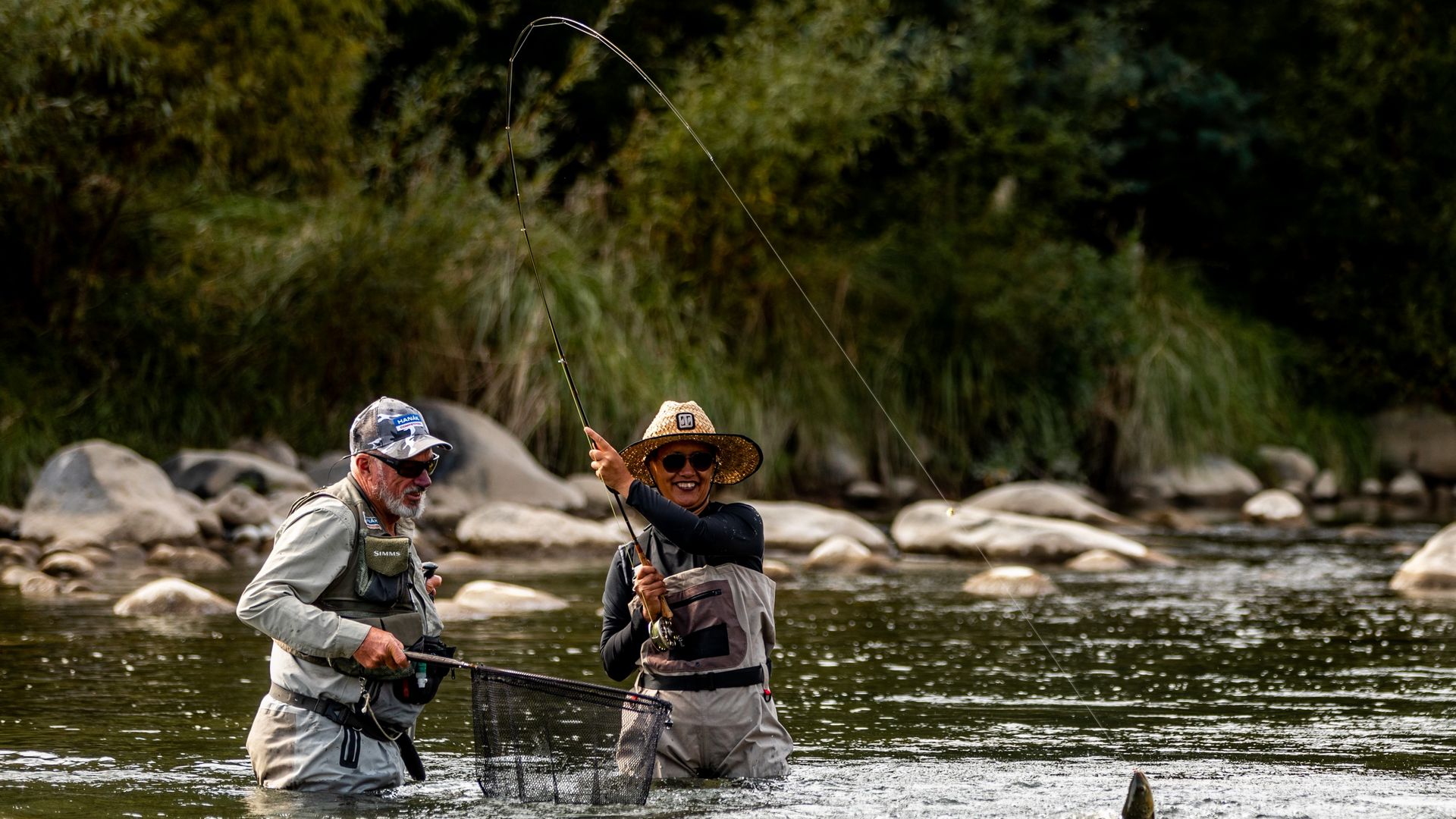
.png)
Choose from a 3-day vs. 5-day Whanganui River Canoe Trip
One of 10 New Zealand Great Walks, the Whanganui Journey involves paddling down the Whanganui River by canoe or kayak instead of hiking on land. You can choose to complete the full 145 km Whanganui Journey from Taumarunui to Pipiriki which takes 5-days to complete or opt for a shorter 3-day journey from Whakahoro to Pipiriki. Traverse deep valleys, majestic gorges, and riverside waterfalls surrounded by abundant birdlife and virgin native forest.
Share your love for Ruapehu #OurGreaterOutdoors
Guided or self-guided paddling on the Whanganui River
If you have experience canoeing or kayaking, good swimming abilities and are comfortable on the water, going self-guided is an option to consider for exploring the Whanganui River. For those who do not have much experience on the water, going guided may be a better option for you. With rapids to manoeuvre, changing weather conditions and the remoteness of the surrounding Whanganui National Park, a guided experience is a fantastic way for people of all abilities to access and enjoy the Whanganui River. Opting for a guided experience also allows visitors to hear authentic stories from local guides who will share first-hand knowledge on the history and heritage of this unique place in the world as well as a few secret spots to discover hidden caves and waterfalls.
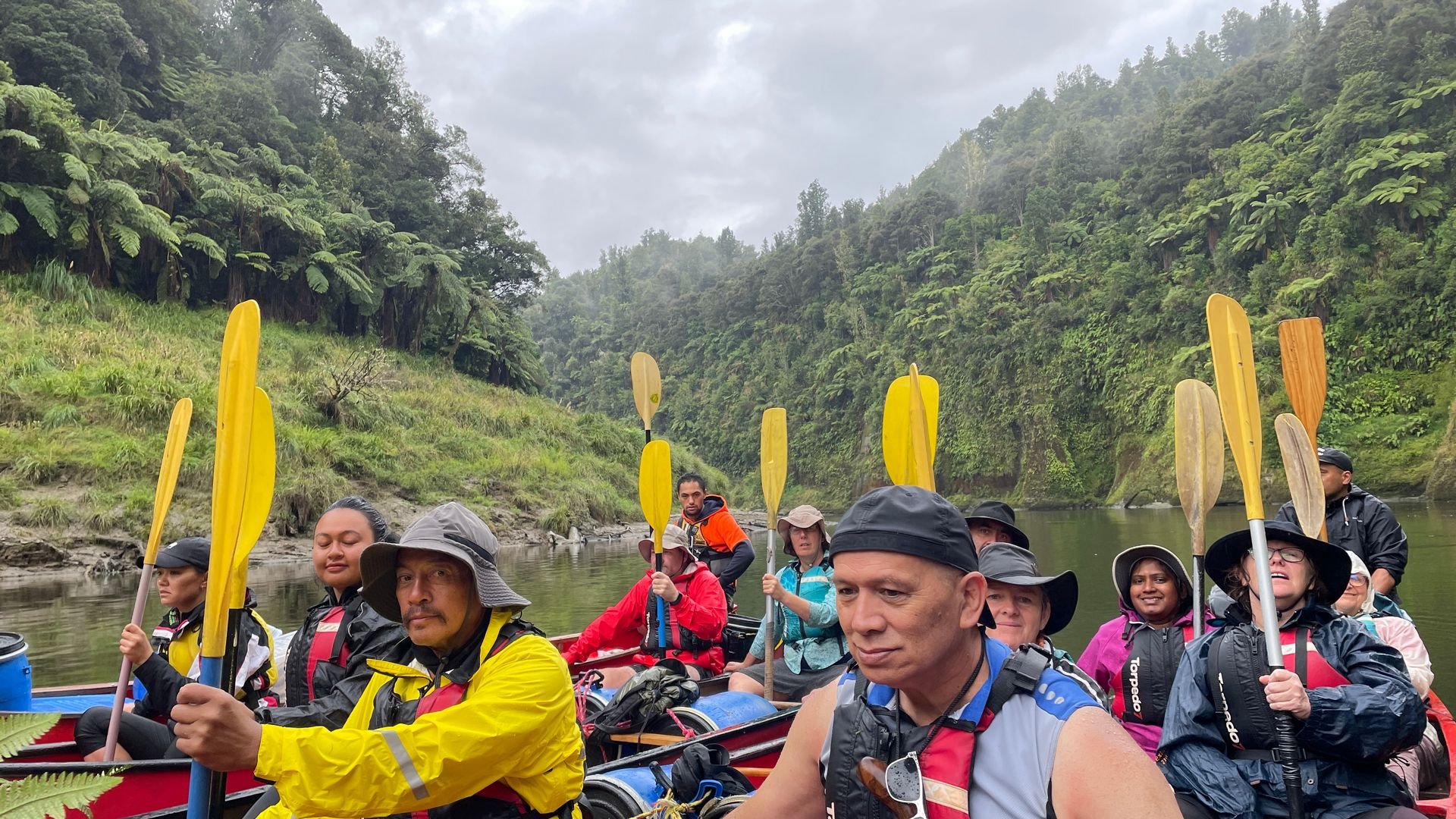
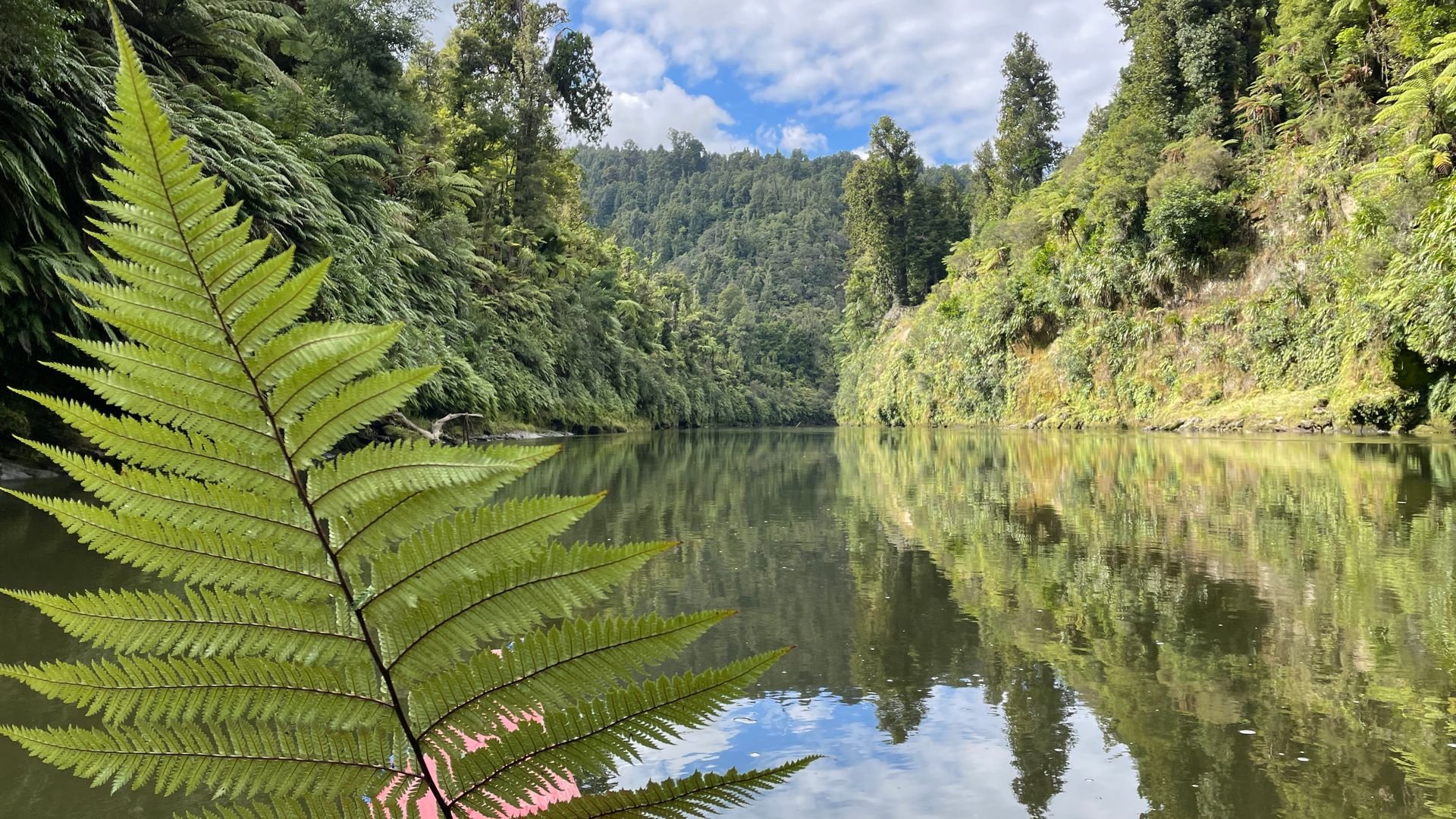
Mountain biking along the Whanganui River
A remote wonderland with no road access, intrepid explorers can also explore the Whanganui River by mountain bike. Riders can bike to the iconic Bridge To Nowhere on the Mangapurua Track as part of the Mountains to Sea - Ngā Ara Tūhono Cycle Trail. Pick up by jetboat to continue to Pipiriki or organise to canoe or kayak the 32 km Mangapurua Landing—Pipiriki section to finish.
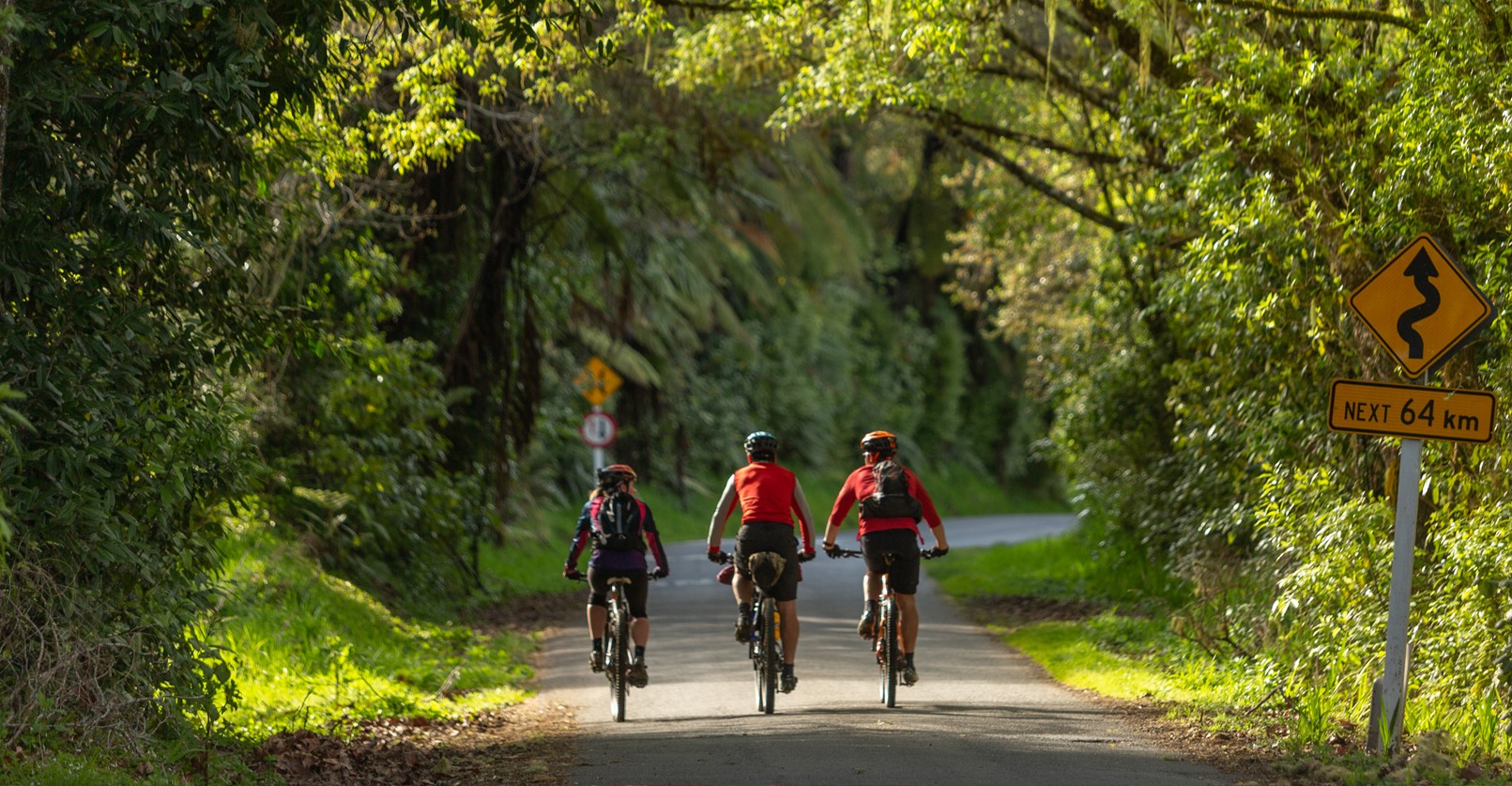
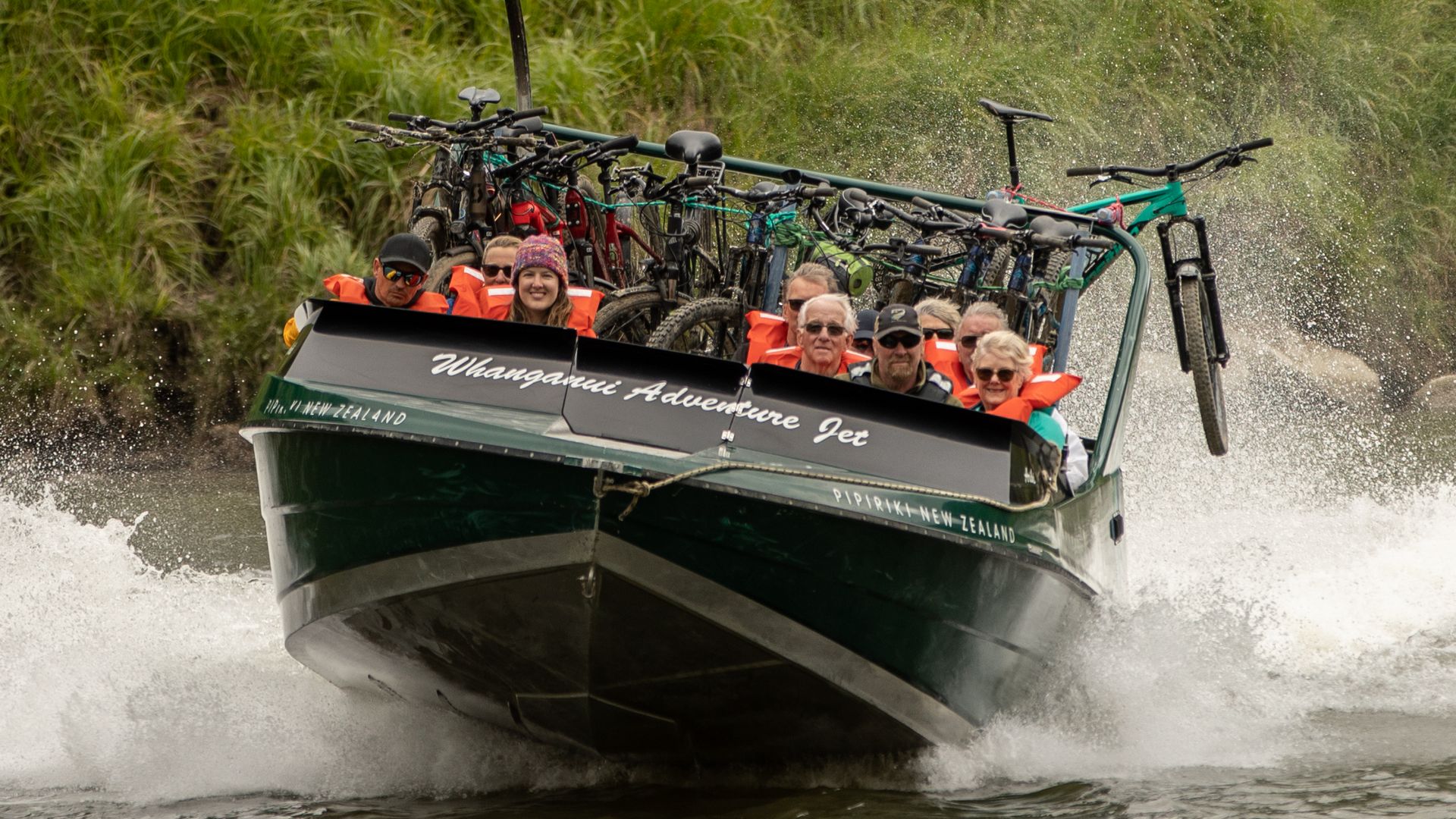
Accommodation along the Whanganui River
From a true wilderness lodge experience, campsites, Department of Conservation huts as well as a traditional Māori marae, there are a few different accommodation options along the Whanganui River to choose from. Simple yet breath-taking facilities along the Whanganui River offer the most spectacular views and a serenity that you can only find in this unique part of the world. Far from the busy-ness of the outside world, an overnight experience on the Whanganui River allows you to immerse yourself in this extraordinary place, to slow things down and to reflect on moments that truly matter. Enjoying this special part of the world also means taking care of it for future generations to come so visitors are encouraged to learn about the Tiaki Promise and how to tread lightly to honour and preserve our natural treasures.
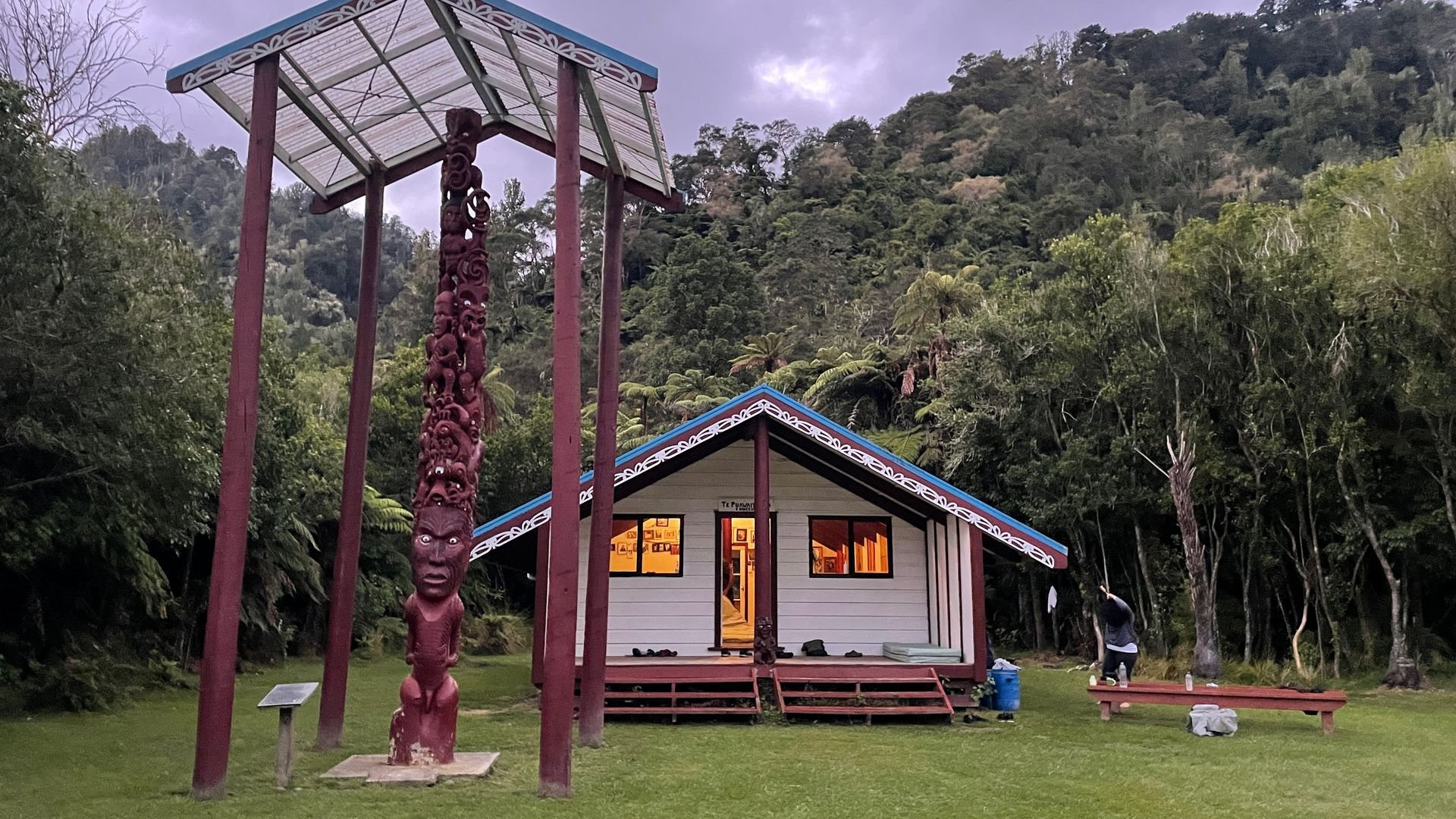
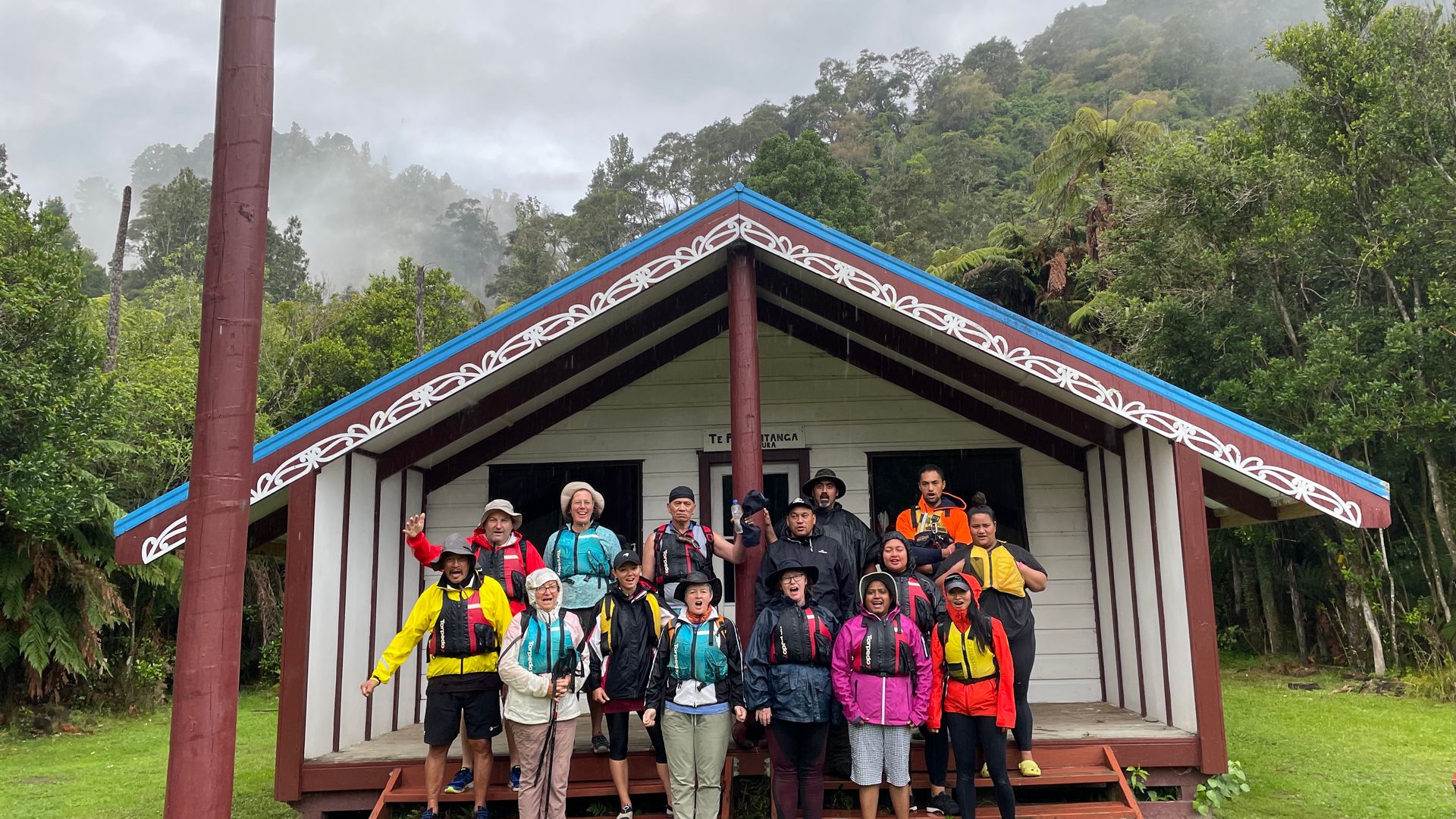
What to pack for the Whanganui River
Depending on which activity or activities you decide to do on the Whanganui River, you may need to pack a little or a lot. If you have booked with a local operator, they will be able to provide you with some really practical information on what to take with you. If you’re jet boating for the day, an extra windproof/waterproof layer would be handy, sunglasses, a sun hat, and sunblock. For those booked to canoe or kayak down the river for a multi-day journey, you can ask your local operator for a gear list on what to pack for the Whanganui Journey as well as read up on what the Department of Conservation recommends you take here.
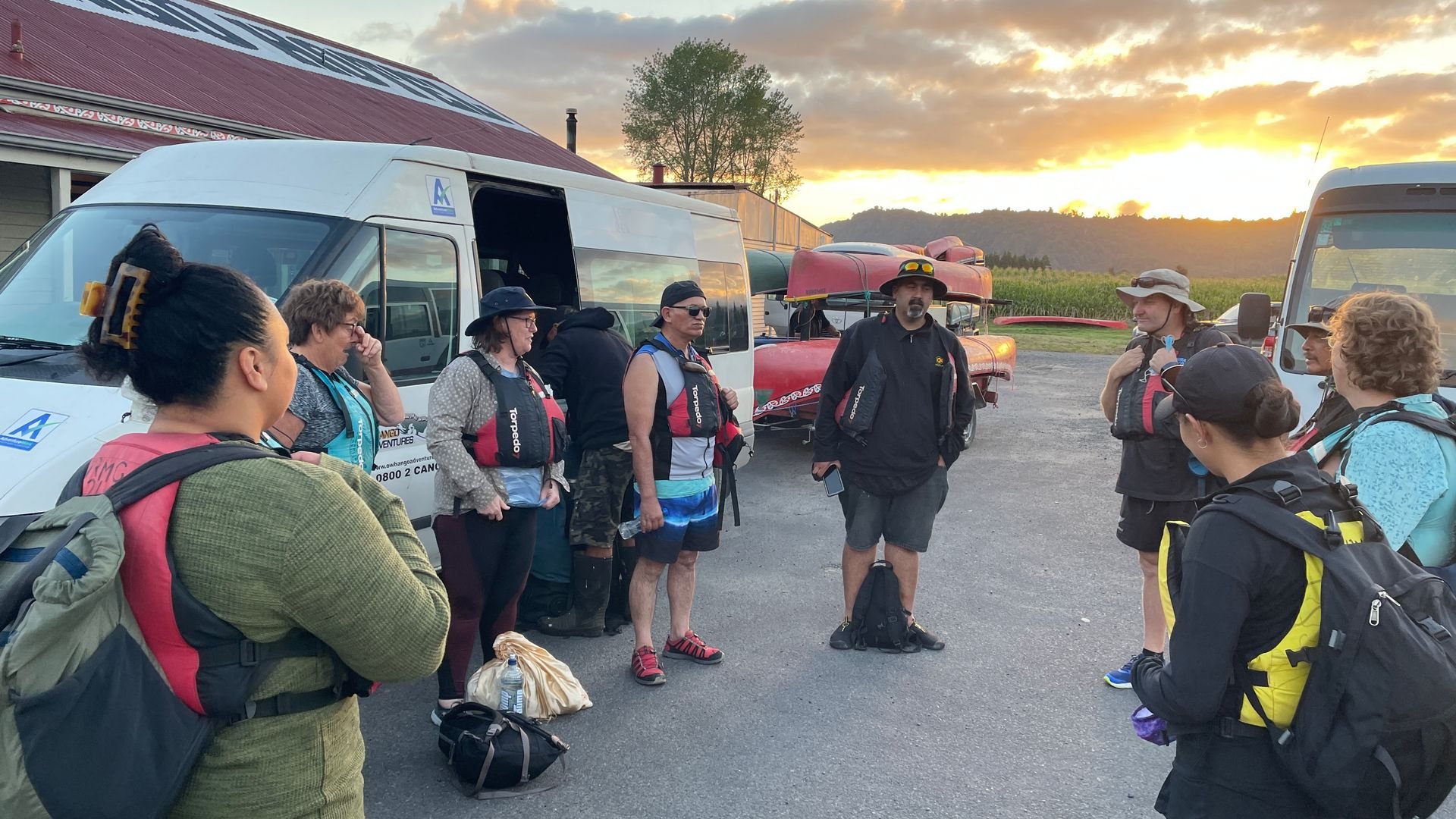
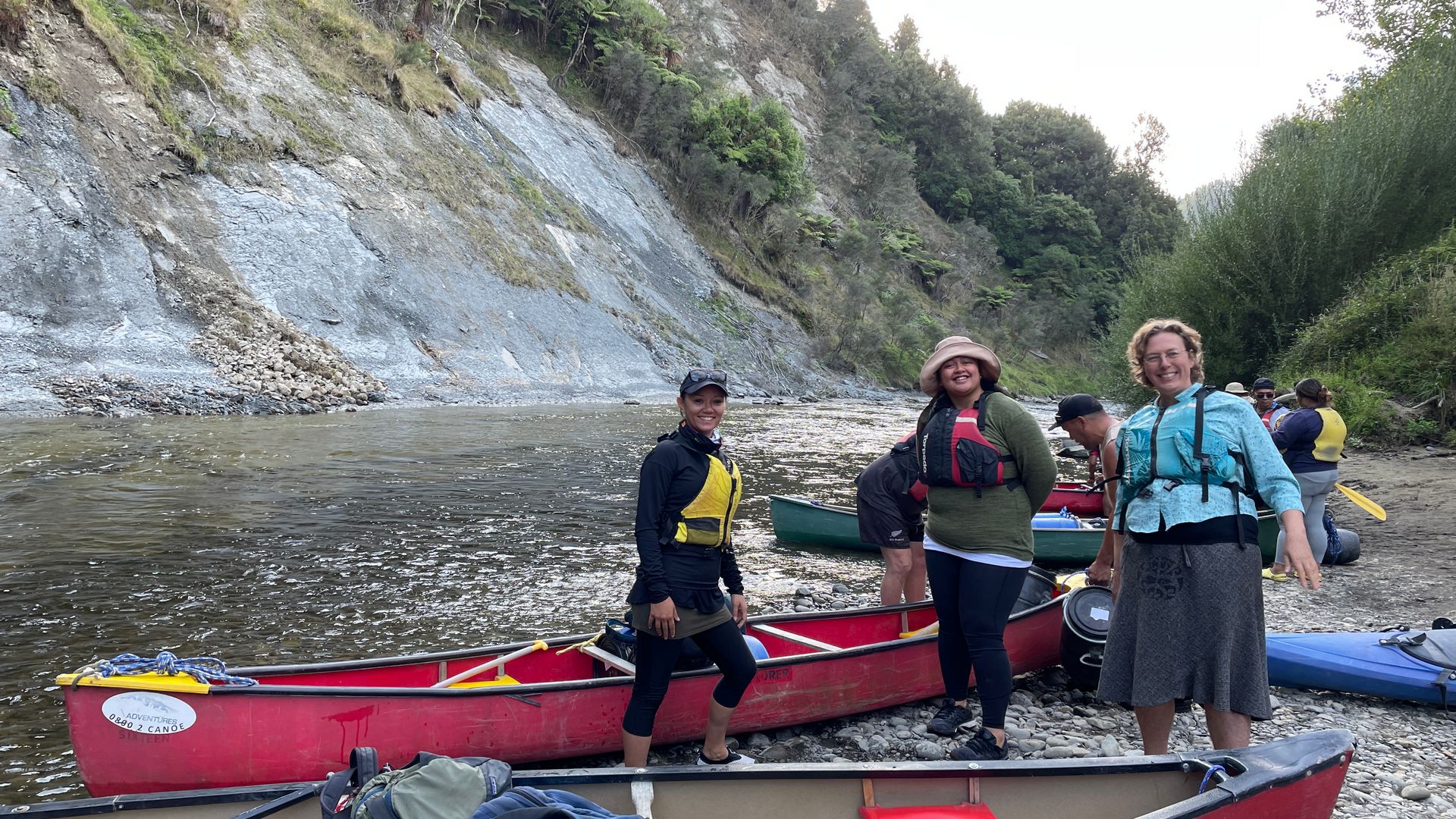
Getting to the Whanganui River
The Whanganui River has several access points depending on the type of activity you choose. Those canoeing or kayaking down the Whanganui River on a 5-day journey will enter the river at Cherry Grove in Taumarunui while those booked to do the 3-day journey will often start from Whakahoro at Blue Duck Station. The small settlement of Pipiriki is the main landing point for jetboat trips along the Whanganui River as well as those completing the Whanganui Journey. It is also a gateway to the Whanganui River and the scenic Whanganui River Road steeped in local history and heritage sites.
Fast facts about the Whanganui River
Length: 290 km
Mouth: Tasman Sea
The longest navigable river in NZ
First river in the world to be recognised as a living entity
A journey like no other, slow immersive travels on the Whanganui River will connect you to our place in the world. Choose your activity here.








